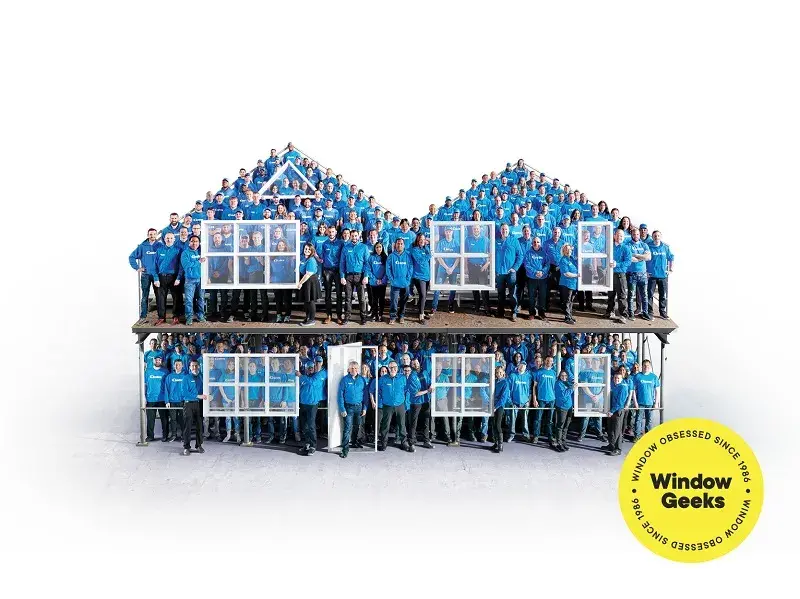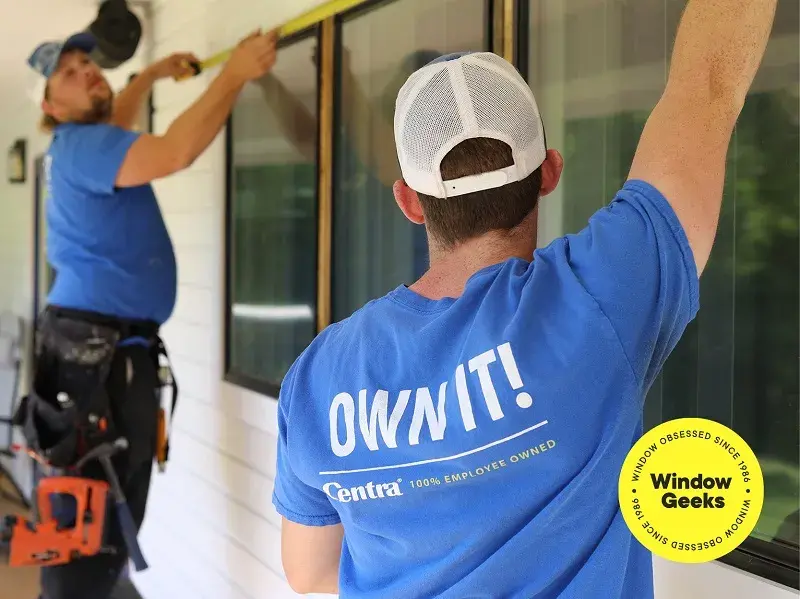Categories
Trending
Comfort In The News
Talking Fall Window Issues with CTV
Budgeting Comfort In The News
Top Tips for Finding a Good Window Warranty
Comfort Energy Savings In The News
Discover Centra’s Supreme Collection Windows: The Best Option for Comfort and Style
Recommended
Architects Engineers
You may not Need NAFS Labels on a Part 9 TownhomeArchitects Engineers
What is 6mm 6mm Glass and could it be bad for your project?How Does a Window’s Sealed Unit Stay Sealed?
Last week on #TwoCentsTuesday, we asked whether this statement was true or false:
"On a window, the most thermal bridging occurs at the edge of the glass, spacer bar, and frame." If you guessed that this was a trick question... you were right!
Most thermal bridging is at the edge of the glass (spacer) and where any steel reinforcement is required. But it's important to understand that some materials are more conductive than others, so it depends on what type of window you're talking about when it comes to reaching an answer.
What is a spacer bar?
We’re about to go full-blown Window Geek! Ready for it? An IGU commonly consists of two (sometimes more) panes of glass separated by a spacer bar filled with molecular sieve desiccant to ensure the unit stays free of moisture and is hermetically sealed around the edges. This forms a single unit airspace which creates a barrier for heat and sound transfer.
Or, more simply put, it is the thing along the edges of the sealed unit that keeps the glass panes separated from each other. It keeps the sealed unit… sealed.
In the past when energy performance expectations were low, most of a window’s frame material was aluminum. This formed a rigid bar which was sealed to the glass with either silicone or butyl rubber. Aluminum was the most commonly used spacer material until less conductive “warm-edge” spacers were developed. The reason we don’t like to use aluminum today is because it has a high conductivity rate. Electrical wiring uses aluminum, giving an idea of just how conductive it is.
Warm-edged spacers proved to be a great alternative as they have a much lower conductivity rate. Newer synthetic non-metal bars are another option. Opting for low-conduction spacer materials such as ultra-thin stainless steel or a non-metal alternative is a good way for a window to achieve higher performance levels.
What is a warm-edge spacer?
The “warm-edge” spacer features a unique design that creates an effective thermal barrier at the edge of the IGU to help reduce conducted heat loss through the window. This makes them stronger and better at retaining insulating gas than many conventional designs. One of the main reasons to use double-glazing is for superior insulation. The transition to the terminology "warm-edge" was to provide a name for a spacer bar that was less heat conductive.
Or in less Window-Geeky terms… an option to seal the panes of glass with something that carries less heat and cold.
The most conductive areas can have a bigger impact on a window’s overall performance, so focusing solely on glass and LoE coatings will not necessarily get you to your desired performance level. Centra offers a variety of options based on customers’ needs. Based on code requirements and the customer’s budget, Centra provides the best-in-class thermal insulation properties while still maintaining the structural integrity of the IGUs.
We Are Your Certified Window Geeks
We love to talk windows! We’re here to help, so if you have a question about your window project all you have to do is reach out. Contact us early in the process so that our experts can make sure everything is correct from the get-go.
For more information on this topic (and many more!) contact our local Employee Owners at 1-888-534-3333 or drop us an email at info@centra.ca. Join the club and become a Window Geek yourself by signing up for our biweekly newsletter, which provides news, advice, and tips about the window industry and upcoming events, and test your window knowledge by following us on LinkedIn.



